Hello everyone! So, I have been spending the last few months trying to research as MUCH as I could about a certain Apple ll Prototype.
So, here's what I know. This Prototype had to have been made after the Apple-1 but created before the Apple ll Rev. 0 board was finallized. I found out that this prototype existed because there are two individual Youtube videos showcasing it. I have the links for those videos.
The first video is a Youtube video called: "Apple ll History", the time stamp in the video is 2:54 minute mark that shows multiple shots of the prototype. I've posted the photos below.
Here's the link: https://www.youtube.com/watch?v=mgdGobrzrfs&list=LL&index=6
First Video's photos of the prototype:
Now, the second Youtube video that shows the prototype, is called "The Computer Chronicles - Computer Ergonomics (1984)", the time stamp is the 1:18 minute mark and here's the link for that video: https://www.youtube.com/watch?v=OxLqWu23zFE&list=LL&index=4 also here's the photos from the video of what they showed:
So these photos are the only proof that this prototype existed. I have emailed Woz, Bill Fernandez (I interviewed him over zoom), and talked to Daniel Kottke about this prototype, this is what they each said. I also wanted to talk with Wendall Sander but I wasn't sure.
I emailed Bill, I said:
"This is Logan, the 16 year old over zoom.
I happen to have question about the Apple ll, I am trying to learn as much information and gain as much documentation and knowledge about this Apple ll prototype in the photos below.
Here’s what I was able to figure out what it has,
- - 3 White Ceramic ROMs were used
- - 1 Black masked ROM was used
- - A White Ceramic 6502 was used
- - There’s 2 longer slots at slot positions 0 and 1
- - There’s a different slot at slot position 7
- - There’s no silkscreen, or soldermask
- - There’s no 27 uH inductor by the 74LS259
- - There’s no COLOR TRIM potentiometer.
- - There’s no cassette ports.
- - It has ICs added in the breadboard area.
- - The PCB layout is different than the Rev. 0 PCB layout
- - Maybe early 4116 DRAMs were used?
Maybe you might have some more insight as to what you know about it, who else knows about it, etc.
Also, If you know, what that metal box that’s underneath the board is, I’d love to know. Haha.
Best,
Logan"
I also wanted to send over two videos to see if they rejog Bill's memory.
Bill got back to me and he said:
"Logan:I've never seen that unit before, but I can make a few comments.o The box below it might be a power supply.o The board does not have the transparent green paint used to protect the traces, or the white silkscreened labels that would tell what part is in each position. So it might have been a pre-production, first-run of a PC board to test a new PC board layout.o I don't have the time to watch videos.o The ROMs are made by Synertek. That's their "S" logo.o It's interesting that the ROMs are labeled 1978, but the board is labeled 1977. So maybe an early board was being used to test a new ROM set.That's all I can think of. Good luck.--Bill"
I got back to Bill and said:
"Ok. No worries, thanks bill! Your info is probably the best info I now have to describe about this power supply. I have another question about the metal box in regards to your comment on it,
If that is actually a power supply, why is it has large as the whole board? If I didn’t send a photo of that here’s one:
Also, there appears to be two black cables coming from the boards video level pot, and the cables are going onto the metal box.
Here’s three photos from the computer Chronicles video,
Best,
Logan"
This was all that was said between Bill and I.
Then I emailed Woz and tthis is what I said:
"Hello Woz,
I need to ask you a question about the Apple ll, I am attempting to learn as much information/gain as much documentation or knowledge about this Apple ll prototype in the photos below.
Here’s what I was able to figure out,
- 3 White Ceramic ROMs were used
- 1 Black masked ROM was used
- A White Ceramic 6502 was used
- There’s 2 longer slots at slot positions 0 and 1
- There’s a different slot at slot position 7
- There’s no silkscreen, or soldermask
- There’s no 27 uH inductor by the 74LS259
- There’s no COLOR TRIM potentiometer.
- There’s no cassette ports.
- There’s NO RCA jack in the upper right corner.
- It has other ICs added in the breadboard area.
- The PCB layout is different than the Rev. 0 PCB layout
- Maybe early 4116 DRAMs were used?
Maybe you might have some more insight as to what you know about it, who else knows about it, etc.
As much info as possible from you would be MOST appreciated.
Thanks,
Logan
P.S. What is the metal box, that’s underneath the board?"
Woz got back to me and he said:
"I really have nothing to tell you. It would take me ages to even research it.
Looks like an early board run. Could even be a copy like the ones by Franklin. Or from some employee that grabbed it.
ʞɐıuzoʍ ǝʌǝʇs
I got back to Woz and I said:
"Woz,
Oh OK, I hope it didn’t get destroyed in your storage fire. It was also on the computer Chronicles show, and it was in the video with you and Steve Jobs talking about the Apple ll and Apple-1 history...
It for sure must have been real because apparently, Apple sold a board only version of the Apple ll for $798, and it looked just like this one without the case and keyboard...
But if you still got nothing for me, no worries. I’ll send Bill, Wendell and Dan an email and see if they know anything about it either...
Thanks,
Logan
P.S.
Here’s the link to those videos in case you wanted to watch those videos:
Computer Chronicles - Computer Ergonomics
Apple ll History:
Woz got back to me and said:
"The board only version was only sold because I’d told a group in L.A. that we’d have a board. We limited the sale to only a limited number of them to those friends."
I got back to him and said:
"Oh, ok. That explains a lot about why I’ve never seen anybody actually owning any of those single boards before.
Hopefully you see those videos, I find them somewhat resourceful. If not, no worries.
I’ll send Bill, wendell, and Dan an email!
Thanks,
Logan"
That was all of the interaction between Woz and I.
So then I sent a text to Daniel Kottke, I said the same as I did to the others, Daniel got back to me and he said:
"Hi logan well I could say Apple definitely never made a pcb with legend "Apple Two" so its somebody's copy. There was a rev. 0 pcb which didnt even work reliably until rod holt added RC line conditioning to the ram signals Ras and Cas.. I never saw that board, presumably several were made. They wd've been in the Engr lab not Mfg where i worked until bill fernandez left, in summer '78..If you send me those photos to my email i'll pass them on to rod for comment."
So I sent the photos to Daniel, and unfortunately didn't get back to me. He had been busy at the time.
So that's all the interactions I had with Woz, Bill, and Dan about it.
So, IN SUMMARY. I have know clue where this prototype is currently, I do however have one suspicion that the prototype may be apart of the collection that Apple donated to Stanford University in 1997. Here's a link talking about that:
https://news.stanford.edu/pr/97/971119apple.html
If anyone has ANY more information about this prototype, it's whereabouts, etc, please don't hesitate to comment. The more info to add, the better.
Thanks for reading.
Best,
Logan


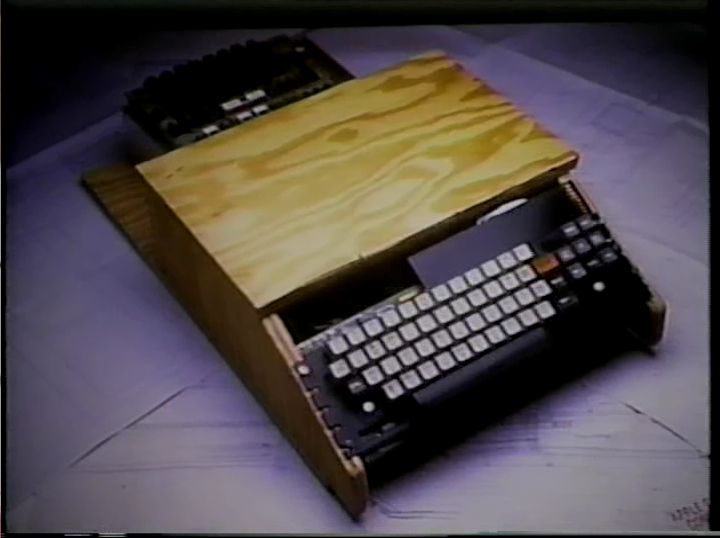

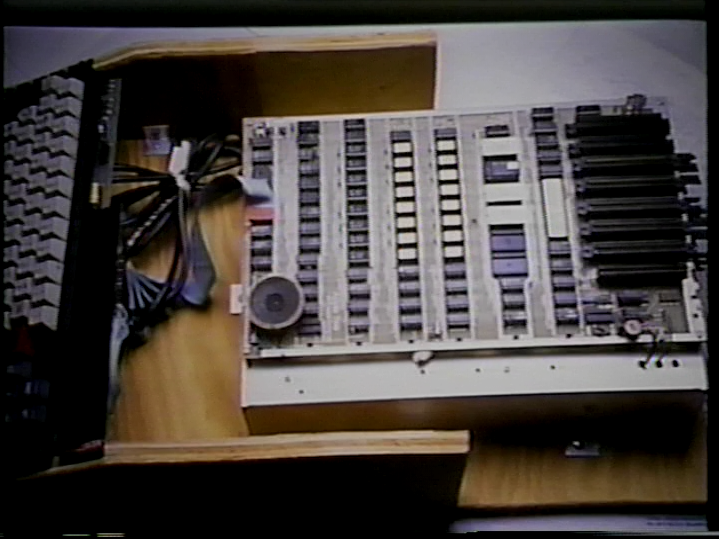
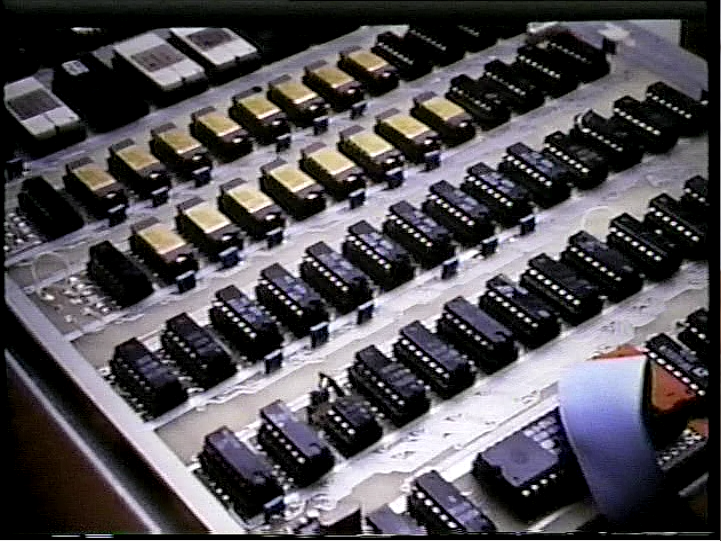

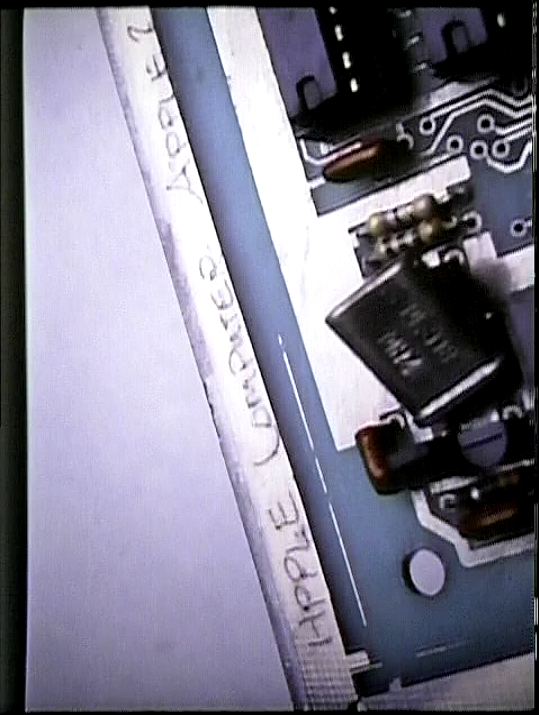
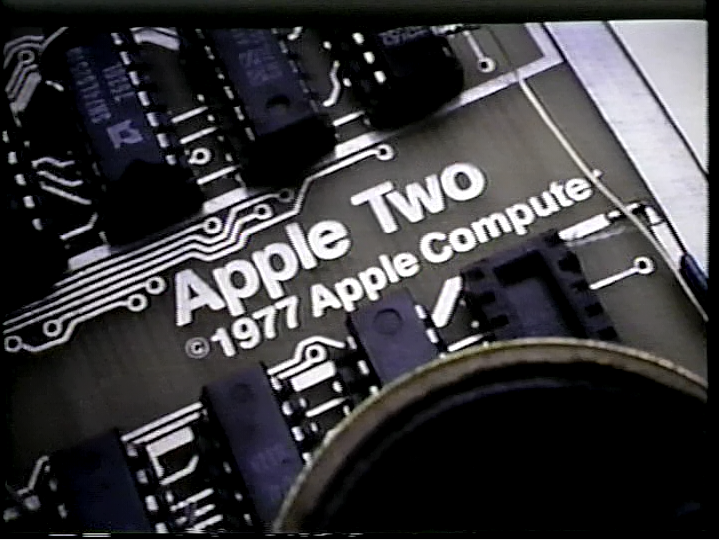



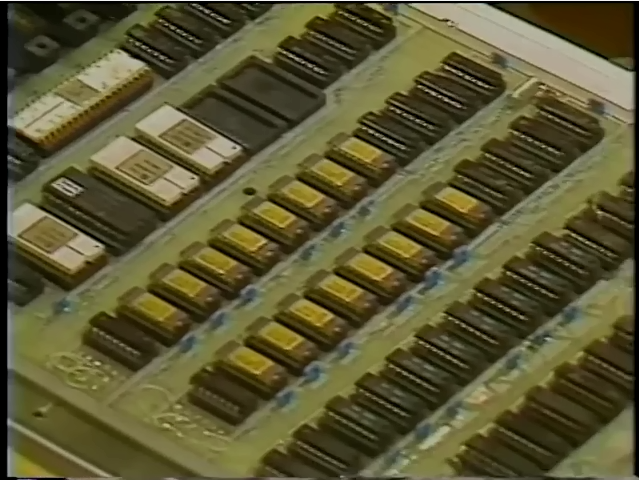
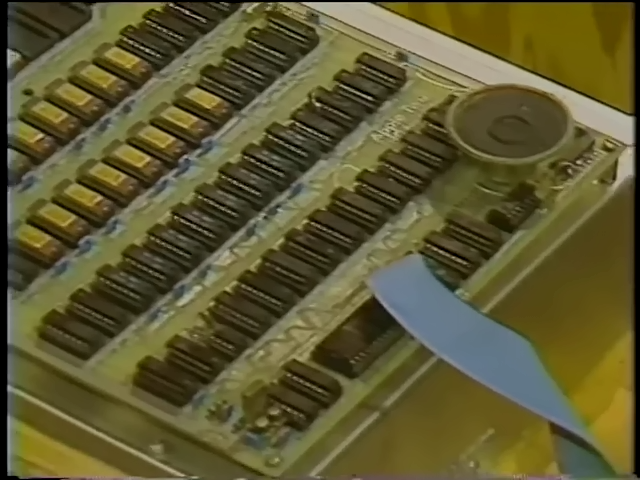
There were clones made in EU back in the day, one called the "Goblin ][" that used a board very much like the one you show that did not have the usual silkscreen over the traces.
However, he ROMS were not the ones you show, so that makes for an interresting comparrison. The TI sockets from the one you show also make it appear it to be an early Apple prototype.
For fun, I made a reproduction of sorts, but I used Augat sockets.
Apple][Rev0Motherboard_Sm.jpg
Let's try to reconstruct the timeline how the Apple-II was "born":
According to my notes, which I have from the "official" history as told in books and magazine articles, Woz started to wire-wrap the Apple-II prototype in November 1976. If this is true, this time he did not use point-to-point wiring of perfboard (as he did again with the prototype of the Disk-II controller card one year later). Wire Wrap is fast if a professional wrap gun is used which automatically cuts the wire and strips the insulation. I used Wire-Wrap for all my prototypes (over 40 years, up to today) and I estimate it takes 2 weeks at most to wire wrap a machine of the complexity of the Apple-II. So somewhere in late November / early December 1976 they must have had a wire-wrapped prototype of the Apple-II. Since nobody right in their minds would start a PCB layout before that prototype would have been debugged and all the circuit quirks would have been ironed out, and considering to do the PCB layout (at least 2-3 weeks, back in the day this was done manually on mylar foil sheets with adhesive tape for the traces) and lead times to make PCB prototypes of at least 1-2 weeks, they could not possibly have had an Apple-II prototype based on a PCB before end of January 1977.
Now note the date codes on the white ceramic packaged Signetics ROMs of 6th week 1977. These were built up in mid February 1977 and most likely this was done by hand (die attach, bond wires, lid done manually, as usual for a prototype run). Again, nobody right in their minds would pay for a ROM mask (one mask, just the bit pattern) before the software is known to work. Which can only be known when the wire-wrap prototype works and runs the software through its paces. Making ROMs takes a lot of time as the "input" to the ROM manufacturer was a stack of standard 80 column punched cards. For those tender of age, these were thin cardboard cards you had to put into a behemoth of a mechanical machine as large as a desk having a keyboard and then you would punch the cards manually by pressing a key on the keyboard and then the machine would punch the binary character code as holes into the card. Don't dare to make a mistake ... you have to retype the whole card (more advanced machines had a feature that you could "RUB OUT" a number of characters to cancel them and then the machine would take a new card, copy all the good characters from the old card to it automatically, but none of the RUB OUT characters.)
As for the Synertek format for ROMs, each card could hold 4 bytes, the addresses were punched in decimal, and each byte had one, and then the byte was punched in binary. For a 2048 bytes ROM, this was a stack of 512 data cards and 4 header cards. Typical lead times from the point the card stack appeared in Synertek's P.O. Box 552, 3050 Coronado Drive, Santa Clara, CA 95051, until the ROMs were made and sent out were typically around 6 weeks, but that may have varied +/- 2 weeks. (Don't send your stack of punched cards to that address anymore !)
Woz could not have used the 2716 type EPROMs because they came out later in 1977. The 2708 did exist since 1975 but it had only 1KByte and needed three supply voltages. This begs the question how they did assemble, test and debug the software before they put it into the ROMs. Maybe they used a little daughter card with 2708 EPROMs or even a bunch of smaller bipolar PROMs ? Or did they re-map some of the DRAM into the ROM space to debug the software (later: firmware in ROM) there ? How did they develop the software (on which machine ? Apple-1 RAM was too small to run an assembler !). It would be interesting to learn how they did that.
I'm writing this up so you (and posterity) can appreciate how tedious it was back in the mid 1970s to make prototypes for computers and and their ROMs, and how much time it took.
So based on the above timeline which is the best estimate we can make, they must have completed the debugging of the wire-wrapped Apple-II prototype and its software in late December 1976 and then committed the punched card stack to Synertek no later than the first week of January 1977. Until the ROMs arrived at their door, they already could have had the PCB, too.
This is an extremely tight schedule but entirely plausible. The black plastic ROM with date code 7908 must have been added years later and does not belong to the prototype. Prototype ROMs always were in ceramic packages, never in plastic, as this process was reserved for mass production and had much longer lead times.
It would be fascinating to analyze what software is in these white ROMs.